“I Work With Prostitutes”-The Negative Effects of Prostitution
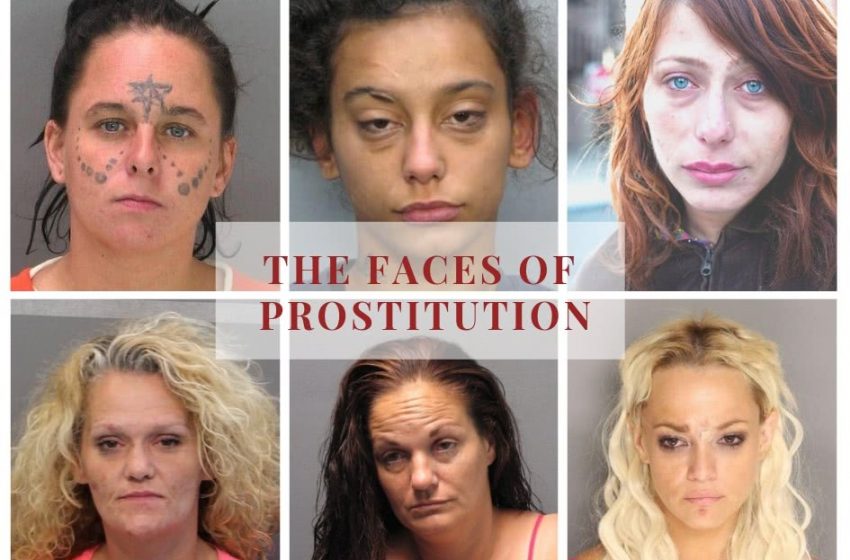
This article offers an understanding of who the prostituted woman is. It outlines the negative effects of prostitution both on the woman and on society. It discusses the question of whether legalising prostitution makes it safer and to what extent can it be said that prostitution is “just another job”. This interview has been held with two experts in the field of prostitution Romina Lopez and Dr Anna Maria Vella. Their expertise comes from their studies, from their experience of witnessing the damaging side effects of prostitution, and from supporting many women who worked or still work on the streets.
Who is the prostituted woman? – “The traumatised, unprotected child”
“The prostituted woman is a woman just like any other woman. One finds different characteristics among prostituted women, just as one would find in other women. However, most women in prostitution would have endured extreme harsh realities of emotional and physical distress in childhood, which one would never have thought possible. It is often reported, that as a child, she would have experienced physical and sexual abuse, as well as emotional neglect by caregivers whom she would have trusted. These are very often family members, relatives, or close family friends. Such traumas can lead the woman to lock herself in isolation, and refrain from seeking help, as she would have never experienced any type of protection from adult caregivers,” Romina explains.
These childhood traumas negatively affect the woman through adolescence and adulthood: “This sad reality of trauma drives the woman to build a wall around her identity, as a means of separating herself from the rest of society. She learns to fend for herself. Such distressing experiences linger on during her adolescence and adult life. She often recalls feeling alone and isolated. She learns to hide and lock all her traumas in her own Pandora’s box. Such trauma and isolation increase her distress, which in turn transforms into numerous negative factors, such as a sense of helplessness and loss of identity. She starts identifying herself only through the experiences she would have endured, and the discourse she was conditioned with during such traumas.“ Romina describes how,”Repeatedly, the prostituted woman would have heard that she is worthless, only good for being used as a sexual object, and therefore felt unloved”
Brenda’s experience – My 25 years as a prostitute:
“As a child, it was my grandmother that took care of me. She wasn’t a bad person but she just had this drinking problem. She would bring drinking partners home from the bar and after she got intoxicated and passed out these men would do things to me. It started when I was four or five years old and it became a regular occurrence. She worked as a domestic in the suburbs. It took her two hours to get to work and two hours to get back home. So I was a latch-key kid – I wore a key around my neck and I would take myself to kindergarten and let myself back in at the end of the day. And the molesters knew about that, and they took advantage of it.
I would watch women with big glamorous hair and sparkly dresses standing on the street outside our house. I had no idea what they were up to, I just thought they were shiny. One day I asked my grandmother what the women were doing and she said, “Those women take their panties off and men give them money.” And I remember saying to myself, “I’ll probably do that” because men had already been taking my panties off.”
Brenda , My 25 years as a prostitute
Reasons why women prostitute themselves and the negative effects of prostitution – “I cried through everything but I did it”
There are numerous reasons why a woman may end up experiencing the negative effects of prostitution. Romina explains that “the most common reasons are because of desperate financial problems, to maintain their drug addiction, debt bondage, and fear of harm from pimps and boyfriends. Such sad and harsh realities definitely remove any belief that consent is exercised freely by the woman or child in prostitution.”
“By the time I was 14, I’d had two children with boys in the community, two baby girls. My grandmother started to say that I needed to bring in some money to pay for these kids, because there was no food in the house, we had nothing. So, one evening – it was actually Good Friday – I went along in front of a hotel wearing a two-piece dress, cheap plastic shoes, and some orange lipstick which I thought might make me look older.
I was 14 years old and I cried through everything. But I did it. I didn’t like it, but the five men who dated me that night showed me what to do. They knew I was young and it was almost as if they were excited by it. I went home and I gave most of that money to my grandmother, who didn’t ask me where it came from.”
Brenda , My 25 years as a prostitute
The notion of consent in prostitution, – “Many are coerced into this lifestyle”
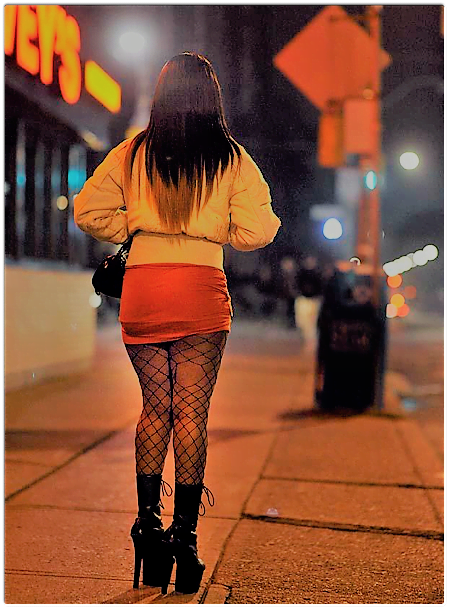 I asked Romina and Dr Anna Vellan to what extent is prostitution consensual? “Prostitution is often referred to as the private sexual exchange amongst consenting adults, often for money or goods, and frequently drugs. Nonetheless, this notion of adult consent has been queried by survivor advocates since in truth, many women who are involved in prostitution are coerced into this lifestyle at a young age, mostly during adolescence. They normally commence prostitution between the age of 12 – 14.”
I asked Romina and Dr Anna Vellan to what extent is prostitution consensual? “Prostitution is often referred to as the private sexual exchange amongst consenting adults, often for money or goods, and frequently drugs. Nonetheless, this notion of adult consent has been queried by survivor advocates since in truth, many women who are involved in prostitution are coerced into this lifestyle at a young age, mostly during adolescence. They normally commence prostitution between the age of 12 – 14.”
Romina describes the first negative effects of prostitution on the woman by stating that the woman who experiences the above-mentioned childhood traumas, views herself negatively through the lens of the abuser. “She feels unworthy and suffers extremely low self-esteem. As a result, she often ends up in addictive behaviours, such as alcohol use and substance abuse. This then leads to extremely chaotic lifestyles. Too often she is involved in destructive relationships, with boyfriends, who further exploit and coerce her into a prostituted lifestyle. These so-called boyfriends are in reality pimps masked as boyfriends, who practice a sense of ownership of these women.”
Brenda’s story continues…
“The third time I went down there, a couple of guys pistol-whipped me and put me in the trunk of their car. They had approached me before because I was, as they called it, “unrepresented” on the street. All I knew was the light in the trunk of the car and then the faces of these two guys with their pistol. First they took me to a field out in the middle of nowhere and raped me. Then they took me to a hotel room and locked me in the closet.
That’s the kind of thing pimps will do to break a girl’s spirits. They kept me in there for a long time. I was begging them to let me out because I was hungry, but they would only allow me out of the closet if I agreed to work for them.
They pimped me for a while, six months or so. I wasn’t able to go home. I tried to get away but they caught me, and when they caught me they hurt me so bad. Later on, I was trafficked by other men. The physical abuse was horrible, but the real abuse was the mental abuse – the things they would say that would just stick and which you could never get over. Pimps are very good at torture. They’re very good at manipulation.”
Brenda , My 25 years as a prostitute
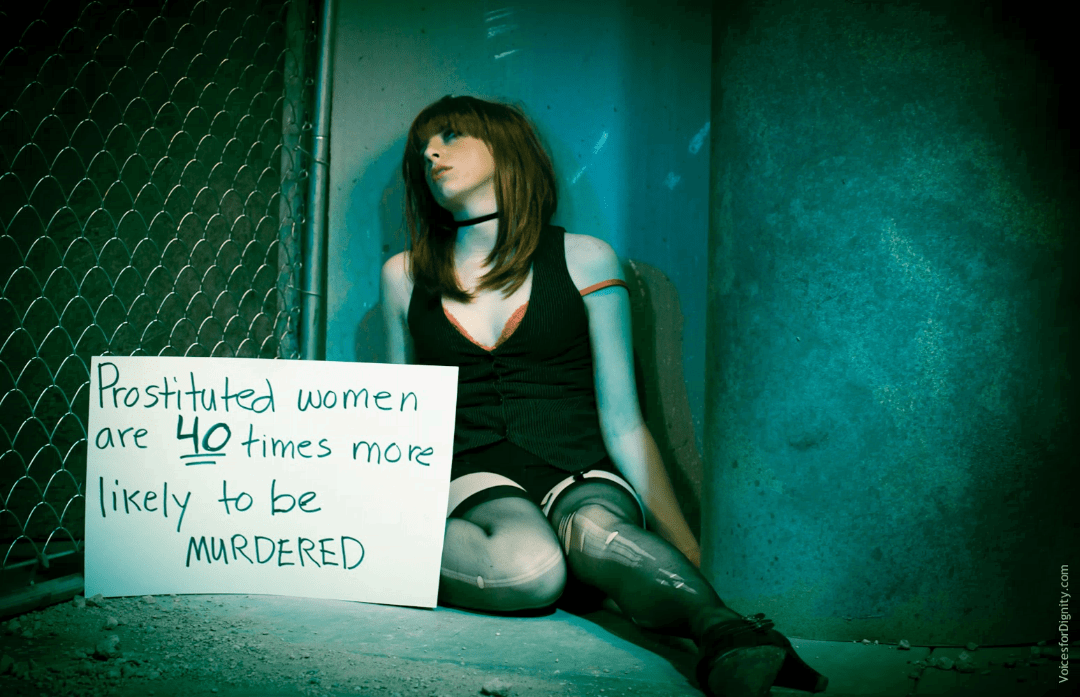
Is prostitution just another job? “Sex work” is a cover narrative to hide the damage from prostitution
Are we willing as a society to promote prostitution in our career fairs for secondary schools? To what extent is it just another job? Romina believes that referring to prostitution as ‘sex work’ is a cover narrative. This narrative supports the concealing of the realities of the negative effects of prostitution, such as the sexual abuse which frequently occurs. It also promotes gender inequality. “When prostitution is referred to as ‘sex work’, it is being approved that sex is work for women whilst it is leisure for men. Most damaging, however, is the fact that we are accepting that women’s bodies exist as a commodity to be used and consumed. The term ‘sex work’ is a cover narrative being used to hide the damage of prostitution. In truth, this narrative is used simply to promote prostitution, and as a means of helping the growth of the sex industry.”
Brenda’s story continues…
“Let me ask you a question. How many people would you encourage to quit their jobs to become prostitutes? Would you say to any of your close friends or female relatives, “Hey, have you thought of this? I think this would be a really great move for you!”
“And let me say this too. Whichever way (However) the situation starts off for a girl, that’s not how the situation will end up. It might look OK now, the girl in law school might say she only has high-end clients that come to her through an agency, that she doesn’t work on the streets but arranges to meet people in hotel rooms, but the first time that someone hurts her, that’s when she really sees her situation for what it is. You always get that crazy guy slipping through and he has three or four guys behind him, and they force their way into your room and gang rape you, and take your phone and all your money. And suddenly you have no means to make a living and you’re beaten up too. That is the reality of prostitution.”
Brenda , My 25 years as a prostitute
Does legalising prostitution make it safer?
Romina believes that legalising prostitution does not make it safer. She describes the negative effects of prostitution if legalised by saying that, “the legitimisation and normalisation of prostitution has a deep and negative effect on the dignity of all women. Prostitution is a harmful industry. Extensive research provides evidence that violence and rape are common practices in prostitution (Farley, 2018). Rape is perceived as the norm and is frequently considered as part of the job of the women in prostitution. Hence, it goes unreported. Even worse, if reported, it is often overlooked by the judiciary system (Farley, 2004).”
She clearly states that “the idea of legalising prostitution as a form of harm reduction is a myth. Research clearly confirms that prostituted women still suffer violence and harm (Raymond, 2004; Banyard, 2013). The concept of having regular medical check-ups for STDs or HIV, and providing the use of condoms as a means of reducing harm is a farce. According to the research, sex buyers pay more for not using contraceptives (Raymond & Hughes, 2001). Moreover, sex buyers are never checked for STDs/HIV (Raymond, 2004).
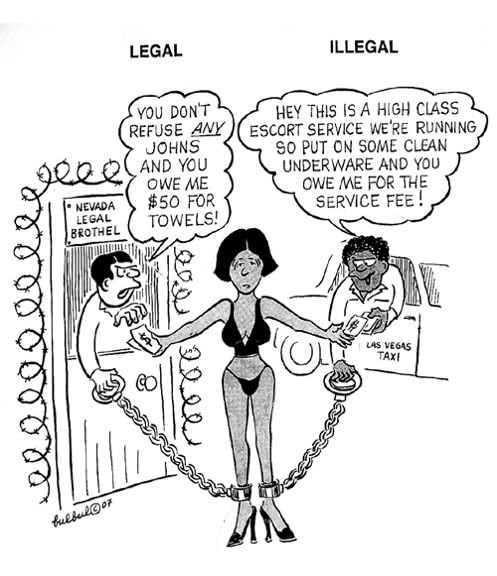
“Legalising prostitution as a harm reduction is a myth”
Irrespective of whether prostitution is legalised, or decriminalized, Romina points out how extensive research provides clear evidence that prostitution causes significant harm, both physically and psychologically (Farley, 2004). (she adds)
“The hurt endured in prostitution are a consequence of the global rise in the sex industry, where massive amounts of money are involved. The culturalisation and normalisation of men buying women for sex, result in the misconception that predatory male behaviours are normal Thus it is claiming that prostitution is part of human nature (Scambler & Scambler, 1995). On the basis of such concepts, the ‘normality’ of these behaviors is then mirrored in laws and policies that describe prostitution as a means of employment referred to as ‘sex work’. Prostitution is then perceived as any other unpleasant job, such as that of working in a factory (Farley, 2004).”
“After decriminalising prostitution, the sex market expands”
Romina adds that the negative effects of prostitution grow after decriminalisation. “Resarch indicates that, after decriminalisation, the sex market expands enormously, competition becomes intense, and unprotected sex becomes uncontrollable. The concept of normalisation will have further repercussions with a rise in demand and not enough supply. Men became far more aggressive, coercive and demanding in their perversity, with a spike in dangerous acts (Kraus, 2016). As one woman in prostitution in New Zealand quoted: “the state itself has told these men they have entitlement to women’s bodies (Glazer, 2016). Consequently, this has resulted in an increase in violence against women.”
 “A rise in demand for pregnant women prostitutes”
“A rise in demand for pregnant women prostitutes”
Romina also speaks of a particular demand for pregnant women and the negative effects of prostitution on the unborn child. “A shocking phenomenon which has surged within the sex trade is the high demand for pregnant women. It has been reported that sex buyers desire to feel the baby in the womb. As a result, late abortions occur frequently, whilst there are others who opt to give up their baby for adoption. In order to maintain this market, women are repetitively impregnated (Kraus, 2016). Such conditions cause significant emotional harm and deep stress not just to the pregnant woman. It also affects the development of the unborn child in the womb.”
“A rise in advertising material degrading women”
Romina continues to describe the negative effects of prostitution on society. “Where prostitution is legal, it has become the norm for highway and public transport advertisements to degradingly promote women as sex objects. For men, it has become common to conduct business meetings in sex clubs (Raymond, 2004). Brothel owners are renamed as entrepreneurs. They often describe their client base asmostly being well-mannered educated professional men who visit during the day, and then return to their families in the evenings.”
“The legalisation of prostitution has negative effects on society as a whole. It promotes gender inequality where men may exploit women and consume them as sexual objects. Furthermore, it normalises this ideation, further teaching our young boys that such acts are normal and permissible since they are legal,” she says.
Does legalised prostitution increase human trafficking?
Romina says that yes prostitution does increase human trafficking. “An academic study of 150 countries identified that a higher incidence of human trafficking is reported in countries with legalised prostitution when compared with countries where prostitution is prohibited (Glazer, 2016). For instance, it was discovered that in Germany there was a sudden escalation in human trafficking reports after it liberalized the sex market in 2002 (Cho, Dreher, & Neumayer, 2013)”. “Extensive research reveals that human trafficking for sexual exploitation has increased in countries where prostitution was legalised (Raymond, 2004; Glazer, 2016).
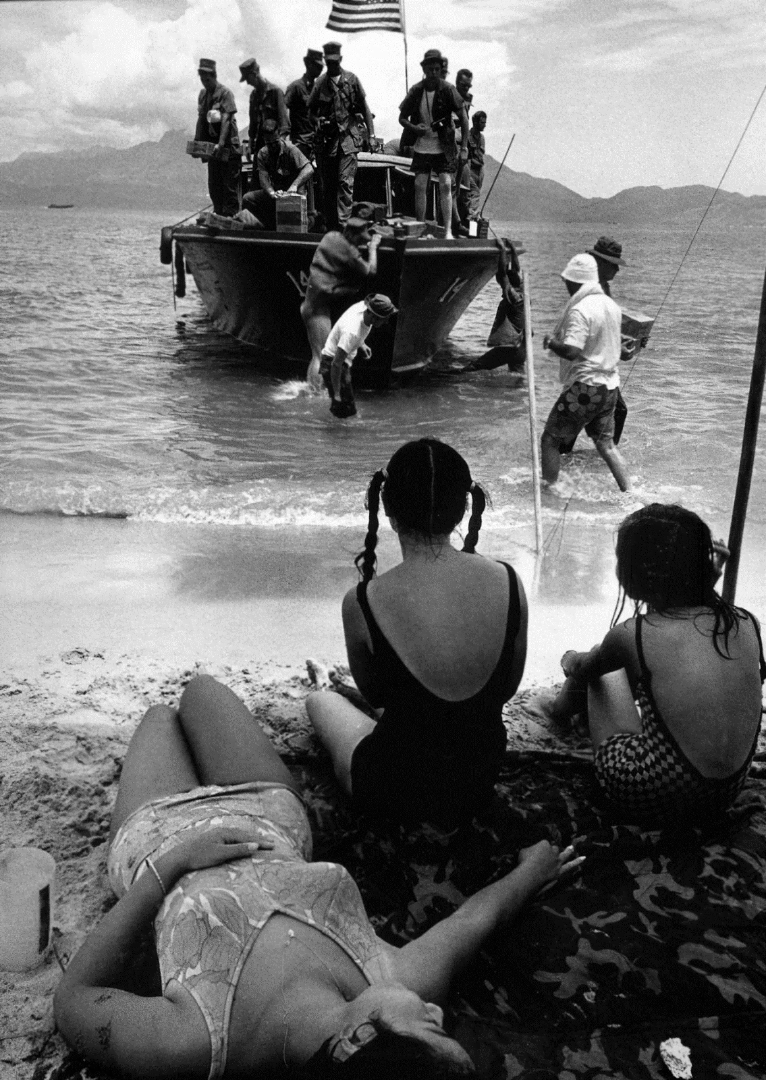
Since legalising prostitution in Germany, in 2002, the country has become notoriously identified as one of Europe`s largest sex markets. Over the past 20 years, it has been estimated that the number of prostitutes has doubled to 400,000 (Reed, 2014). The Coalition Against Trafficking in Women argues that the sex industry has escalated in countries where prostitution was legalised. It also caused an increase in human trafficking (GAATW).
In 2014 the Council Of Europe stated that the Nordic model (Sweden, Iceland, Norway) of “prohibiting the purchase of sexual services has “a positive impact on reducing trafficking in human beings” and that “prostitution regulations should include harm-reduction measures aimed at countering the negative effects of prostitution on the people involved and supporting those who wish to leave the sex industry.”
 The dignity and the soul of the prostitute
The dignity and the soul of the prostitute
Romina describes how in this exploitative business of prostitution, it becomes hard to see the dignity of the woman. “The humanity and dignity behind the woman who is bought for sex is often failed to be recognised by the man who pays for the sex.”
She also describes how difficult it is for the prostituted woman to express her pain. “The woman in prostitution is silent for various reasons. She is hardly ever provided with the occasion to voice the truths about her life. This happens since if she did, it would affect the sex trade. Her silence is the consequence of threats, fear, shame, and dissociation. Just as the silence of women in abusive relationships should not be misunderstood, so should the silence of the prostituted woman not be misunderstood as consenting to prostitution (Farely, 2004).”
Brenda’s story continues…
“In all that time I never once saw a way out but when I was nearly 40 years old, a customer threw me out of his car. My dress got caught in the door and he dragged me six blocks along the ground, tearing all the skin off my face and the side of my body.
I went to Hospital and they immediately took me to the emergency room. Because of the condition I was in, they called in a police officer, who looked me over and said: “Oh I know her. She’s just a hooker. She probably beat some guy and took his money and got what she deserved.” And I could hear the nurse laughing along with him. They pushed me out into the waiting room as if I wasn’t worth anything. As if I didn’t deserve the services of the emergency room after all.”
Brenda , My 25 years as a prostitute
“Beyond all the outer layers of toughness projected by the woman in prostitution, the soul of a child is found stored deeply within the self of each woman. That woman becomes the little girl who still craves and yearns for love. She craves care, attention, and protection which she never received as a child. She is still waiting for that love, hoping that one day she will find it. This in order to fill a void of pain, fear, and neglect that have accompanied her throughout her life.
Brenda’s story continues…
And it was at that moment, while I was waiting for the next shift to start and for someone to attend to my injuries, that I began to think about everything that had happened in my life. Up until that point I had always had some idea of what to do, where to go, how to pick myself up again. Suddenly it was like I had run out of bright ideas. I remember looking up and saying to God, “These people don’t care about me. Could you please help me?”
God worked real fast. A doctor came and took care of me. She asked me to go and see social services in the hospital. What I knew about social services was they were anything but social. But they gave me a bus pass to go to a place called Genesis House, which was run by an awesome Englishwoman named Edwina Gateley, who became a great hero and mentor for me. She helped me turn my life around.
It was a safe house, and I had everything that I needed there. I didn’t have to worry about paying for clothes, food, or getting a job. They told me to take my time and stay as long as I needed – and I stayed almost two years. My face healed, and my soul healed too. I got Brenda back.
Brenda , My 25 years as a prostitute
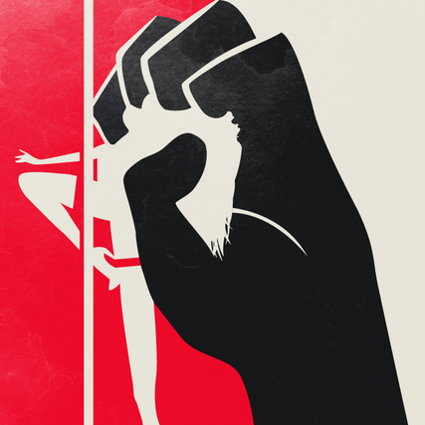 “In reality, what is involved in prostitution is not sexual liberation. It is rather the extensive financial revenue made out of the exploitation of women. There is something about prostitution that is systemic. It is inherently harmful, regardless of whether the woman chose it or was coerced, whether it is decriminalised or criminalised,” Romina concludes.
“In reality, what is involved in prostitution is not sexual liberation. It is rather the extensive financial revenue made out of the exploitation of women. There is something about prostitution that is systemic. It is inherently harmful, regardless of whether the woman chose it or was coerced, whether it is decriminalised or criminalised,” Romina concludes.
10 negative effects of prostitution, “physical violence and psychological put-downs”
Romina describes how the negative effects of prostitution which are experienced through both pimps and clients are manifold:
Negative effect 1:
Changing the woman’s identity
“Pimps create rapid emotional dependency. They start by changing a girl`s name. This removes her from her identity and disconnects her from her past.”

Negative Effect 2:
Making the woman socially invisible
“In order to separate the woman from her environment, pimps make her socially invisible.”
Negative Effect 3:
Controlling the woman through violence
“Another means of control is also achieved by violence. This intimidates the woman and instills in her the notion that she is worthless.”
Negative Effect 4:
Portraying the woman as an object who supplies income
“The woman is perceived as an object who supplies a financial income for the pimp. Women in prostitution are perceived as body parts: a commodity for sexual pleasure. Their feelings and emotions are irrelevant.”
Negative Effect 5:
Breaking the woman’s psyche and spirit
“After physical control is achieved, pimps will then use psychological power and brainwashing. Other means of ownership used by pimps are specific symbolic tattoos. All these acts are internalised by the woman. Women who experience these actions often develop an intense self-hate which may come up years after breaking away from prostitution.”
Negative Effect 6:
The woman’s suffering from mental health issues
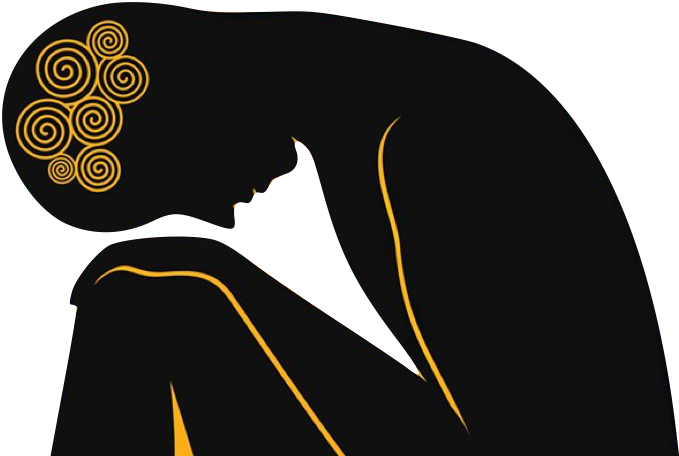 “The provision of drugs, and a place to sleep, usually provided by the pimp/boyfriend, are considered and confused as acts of love by these vulnerable women. Thus they would do anything in return. Being caught up in such a vicious cycle results in an increasing sense of helplessness. Commonly this develops into mental health issues, domestic violence, homelessness, and social isolation.
“The provision of drugs, and a place to sleep, usually provided by the pimp/boyfriend, are considered and confused as acts of love by these vulnerable women. Thus they would do anything in return. Being caught up in such a vicious cycle results in an increasing sense of helplessness. Commonly this develops into mental health issues, domestic violence, homelessness, and social isolation.
A significant number of women in prostitution suffer post-traumatic stress disorder (PTSD) similar to what is commonly experienced by soldiers after war. Dissociation is another mental condition observed which is also frequently experienced by children who suffer sexual abuse (Farley, 2018). Dissociation is a consequence of both sexual abuse endured in childhood, as well as sexual violence experienced in adult prostitution. In order to survive such exploitation and harsh violence, the woman learns to dissociate her body from the mind. She tries to protect her spiritual self from the bodily scars. Subsequently, as a result of such psychological harm, these women fall victims to severe depressive disorders, anxiety, and are continuously hypervigilant.
Negative Effect 7:
Exposing the woman to further violence by her clients
“Extensive research highlights how globally, prostituted women experience domination, harassment, assault, battering, and stalking (Farley, 2018). Despite the money paid, sexual assault remains the highest and most common experience by women in prostitution (Argento, et al., 2014). Violence in prostitution emerges from the concept of commodification and objectification. Once an individual is perceived as an object, it seems almost logical that exploitation and abuse occur. On a worldwide view, statistics show how mortality rates amongst women in prostitution are high. In Canada, a study of prostituted women found that they are dying at 40 times the average national rate for their age group (MacKinnon, 2014).”
Negative Effect 8:
Making the woman prone to trafficking
“One must also acknowledge that globally, millions of women and children are trafficked for the use of sexual exploitation daily.”
Negative Effect 9:
Entrapping the woman in stigma, oppression and marginalisation
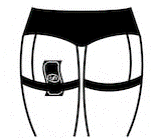 “In addition to such sad and harsh realities, these women suffer from further stigma and oppression by society in general. Most often they are marginalised. Due to their lifestyle, they are never taken seriously. They are discriminated against. They also remain burdened with a police record full of criminal offences. Moreover, they are trapped in their trauma and their shame. They are labelled for life. Even if they manage to change this lifestyle, they still remain identified as the ‘ex-whore’.
“In addition to such sad and harsh realities, these women suffer from further stigma and oppression by society in general. Most often they are marginalised. Due to their lifestyle, they are never taken seriously. They are discriminated against. They also remain burdened with a police record full of criminal offences. Moreover, they are trapped in their trauma and their shame. They are labelled for life. Even if they manage to change this lifestyle, they still remain identified as the ‘ex-whore’.
Negative Effect 10:
Reinforcing gender inequality
“Prostitution further promotes gender inequality since those who are prostituted are frequently women, whilst those who pay for sex are most exclusively men. It is rather a sexist approach as in reality by legalising prostitution, it is men who are being protected and not women. Moreover, male sex buyers can and do originally transmit disease to women.
Social assistant Romina Lopez and Dr Anna Maria Vella offer their services at “Dar Hosea” (Hosea House) a walk-in centre for women who are currently working in street prostitution in Malta. It is a place of rest and support which offers food, a shower, clothes and shelter. It also offers moral, medical and legal support to alleviate the negative effects of prostitution. The woman is neither asked any questions nor expected to change her lifestyle, even though some do. The prostituted woman is welcomed by the staff with love, care and respect. Advice and condoms are also available. “Dar Hosea” which is now in its fifth year of operation is a project of the Association Friends Of Thouret.
Unlinked References:
Banyard, K. (2013). Prostitution, Harm and Gender Inequality: Theory, Research and Policy. Gender & Development, 21(1), 199-201. doi: 10.1080/13552074.2013.767536.
Cho, S., Dreher, A., & Neumayer, E. (2013). “Does Legalized Prostitution Increase Human Trafficking? World Development, 41 (1), 67-82. doi.org/10.1016/j.worlddev.2012.05.023.
Farley, M. (2004). “Bad for the Body, Bad for the Heart : Prostitution Harms Women Even if Legalized or Decriminalized. Violence Against Women, 10(10), 1087-1125. doi: 10.1177/1077801204268607.
Farley, M. (2018). Risks of Prostitution: When the Person Is the Product. Journal Of The Association For Consumer Research, 3(1), 97-108. doi: 10.1086/695670.
Raymond, J. (2004). Ten Reasons for Not Legalizing Prostitution and a Legal Response to the Demand for Prostitution. Journal of Trauma Practice 2:3-4, 315-332, DOI: 10.1300/J189v02n03_17.
Scambler, G., & Scambler, A. (1995). Social change and health promotion among women sex workers in London. Health Promotion International, 10(1),, 17-24. doi: 10.1093/heapro/10.1.17.
Read more from Dr Anna Maria Vella:
– How To Have Enjoyable Sex From Young Age To Old Age
– The Natural Family Planning Method – What To Do When It Becomes Hard To Follow
 “A rise in demand for pregnant women prostitutes”
“A rise in demand for pregnant women prostitutes”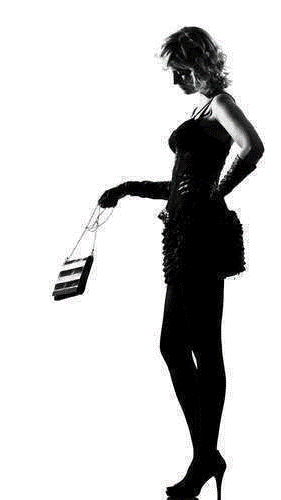 The dignity and the soul of the prostitute
The dignity and the soul of the prostitute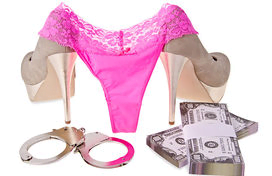












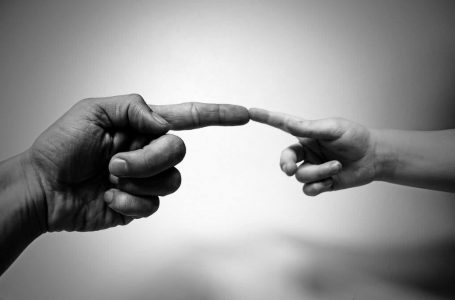
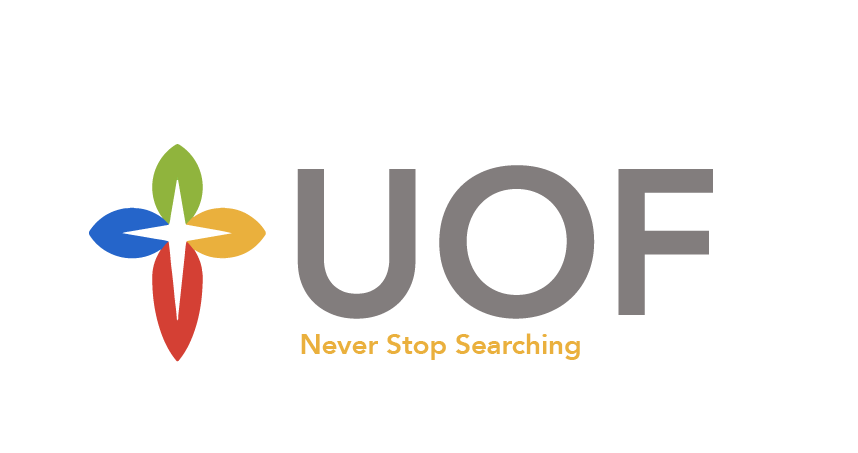
1 Comment
💔 Commentary: This article sheds light on the harrowing realities faced by many prostituted women, stemming from childhood trauma and abuse. It challenges the notion that prostitution is “just another job” and highlights the profound impact on individuals and society. 🛡️💬 #Prostitution #Trauma #SupportNeeded